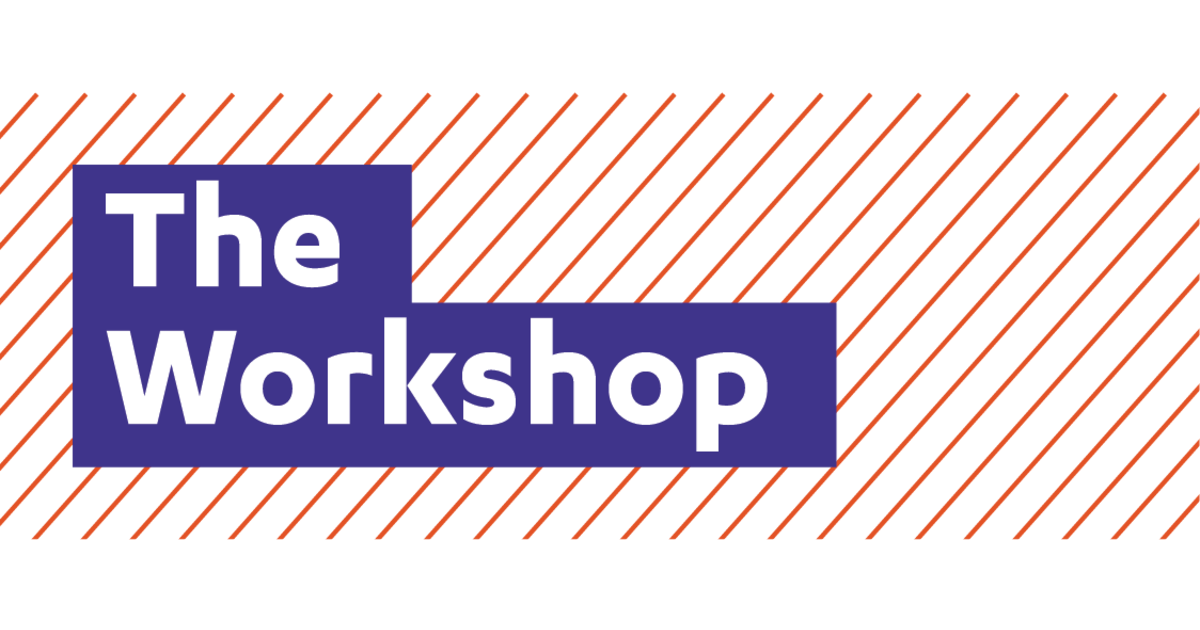Narratives and frames unlock change
Research shows us that how people talk about issues can change how others think and act. Deepening people’s understanding of issues means learning how to use narratives and frames to shift mindsets. This shift is necessary for changes that make the biggest difference to people's lives and the planet's health.
Framing — decisions we make about how to present an idea or issue — connects people to best knowledge and unlocks action or can prevent them from connecting to it. The frames and narratives we choose help open the door to particular information or knowledge being considered and shut the door to other information. This means frames and narratives strongly influence the actions, solutions, policies, and political decisions people are willing to support.
There are many existing shared mindsets. The information context — for example, who has framing and narrative power — determines which shared mindsets are switched on and used most frequently. We can use our narratives and collective power strategically to connect people to the best knowledge and evidence, building support for the solutions that will make the biggest difference.
For further information about the role frames and narratives play in shaping people’s understanding about public good issues and influencing action with regard to policy, practice, and systems, read our briefing paper How mindset and narrative shifts can enable change.
We acknowledge FrameWorks for their expertise and extensive work in mindsets and narratives which continues to influence our approach and work.
Understanding key terms and concepts
Many of the key terms we use to explain our work are used in different ways and can mean different things depending on the context. It is helpful to define what we mean at The Workshop when using these terms.
What is a shared mindset?
Mindsets are deep, unconscious models we use to make sense of the world. They are sometimes called mental models. Shared mindsets are those that appear and reappear (there is an identifiable pattern) across our communications. Shared mindsets provide us with unconscious explanations about how a problem has happened, who caused it, and what the solutions should be. These implicit explanations are present in shared mindsets. This means we need to work with them if we want people to understand and support shifts to systems, structures, policies, and practices, transforming the way people currently do things.
What is fast thinking?
Shared mindsets help us move through the world without having to process every input in every moment. They are part of our fast-thinking system (Daniel Kahneman - Thinking, Fast and Slow), which operates at speed at the unconscious level. We are often unaware that we are drawing on shared mindsets to interpret information. We use mental shortcuts and bias to protect the shared mindsets most familiar to us. For example, we seek different facts when we are presented with information that doesn’t feel right to us — this is known as confirmation bias. We may be unaware that our fast-thinking system is protecting mindsets that contain unhelpful or incomplete information and knowledge.
Frames and narratives are one way to access and engage with shared mindsets without having to engage people’s slow-thinking system, so they’re useful when we can’t have a one-on-one conversation to explain an issue to people.
What is a shared narrative?
Narratives are a type of frame. They appear as patterns of words and images that create greater meaning in our communications. Narratives are how we express our existing shared mindsets and can also build new mindsets in our culture. Particular stories, words, and images, like tile pieces in a mosaic, build a pattern that becomes a particular narrative. It is through this patterned appearance and reappearance in our media, conversations, and writing that we identify a shared narrative. Being conscious of different narratives helps us be aware of people’s thinking and reasoning.
What is a frame?
Like a window, a frame gives people a particular view on an issue. It helps people focus on the things we want them to think about. It obscures or excludes ways of reasoning outside the frame.
For example, if we ask someone to think of the African savannah, they think of everything associated with those words in both our collective consciousness and their individual experience of it. They are unlikely to think about a polar bear as it doesn’t fit the frame.
We cannot avoid framing. It is present in all communications because of how our minds function. We can strategically choose frames that connect people to particular ways of reasoning.
There are different types of frames — narratives are a frame, values are a frame, numbers are a frame, tone is a frame, and particular messengers are a frame.





